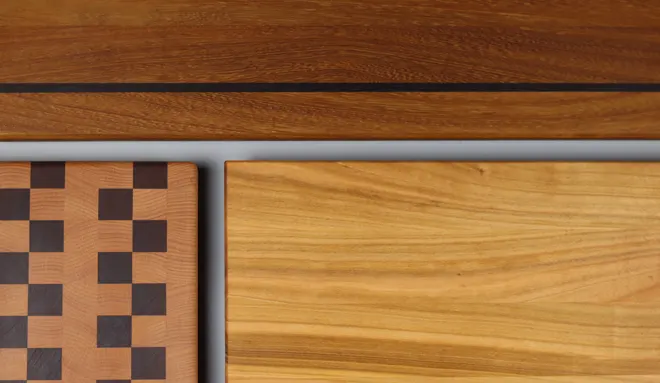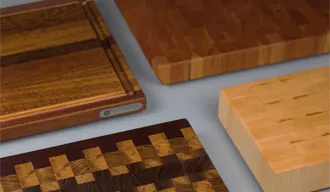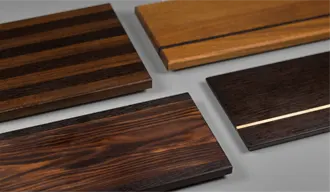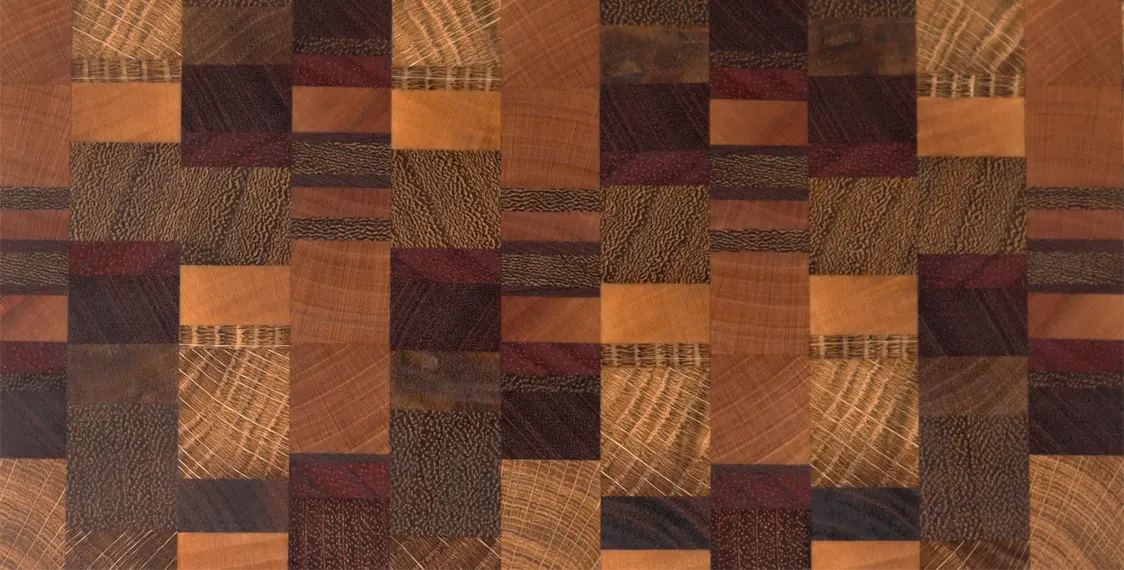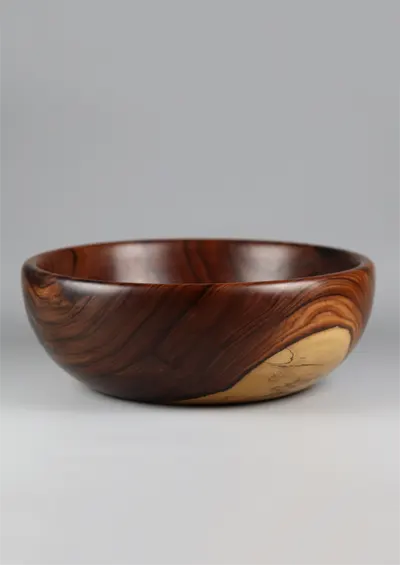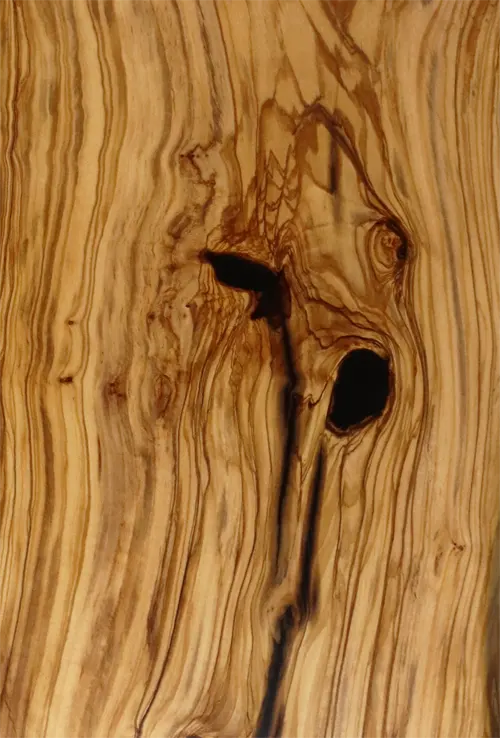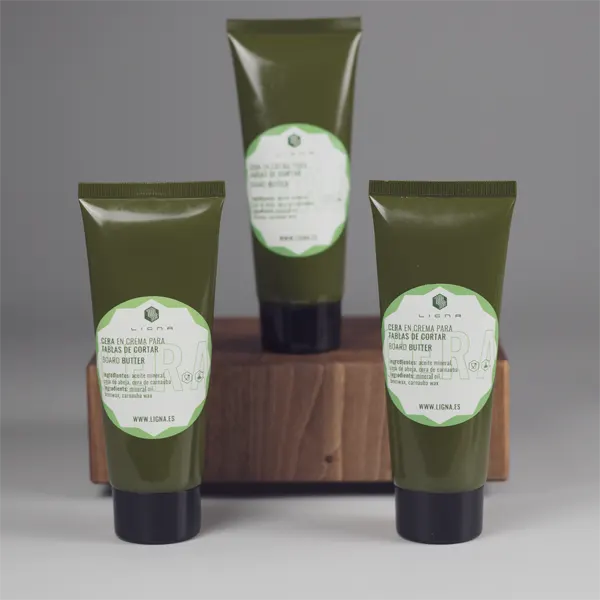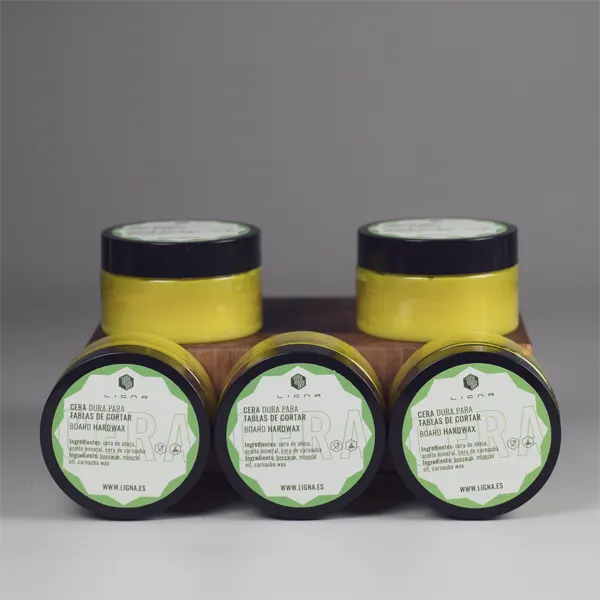Tu carrito está vacío.
Care and
maintenance
General tips for cutting board care
and other wooden kitchen utensils
How often does my wooden cookware need maintenance?
The frequency of maintenance and care of cutting boards is determined by the type of board and the intensity of use:Testa boards: Require more regular maintenance. Ideally they should be moisturized with mineral oil every two weeks and sealed with maintenance wax every week. A clear indicator that your board requires maintenance is the loss of color intensity of the wood.
Grain boards: They require less maintenance. In this case, the use of mineral oil is optional but recommended once a month. Apply maintenance wax whenever the color of the wood loses intensity or after intensive washing.
Service boards: Do not require mineral oil due to their hard wax oil bottom finish. Apply maintenance wax whenever it loses its original gloss and color and you want to seal the pore again.
Other kitchen utensils: Cooking scoops and spoons can be moisturized with any food grade oil or mineral oil. Although our waxes are food grade, we do not recommend applying them if the utensil will be in contact with heat sources or boiling water as they will dissolve in your food. It can be sealed with wax if the utensil will not be used for a long period of time. Our small kitchen furniture does not require regular maintenance.
Grain boards: They require less maintenance. In this case, the use of mineral oil is optional but recommended once a month. Apply maintenance wax whenever the color of the wood loses intensity or after intensive washing.
Service boards: Do not require mineral oil due to their hard wax oil bottom finish. Apply maintenance wax whenever it loses its original gloss and color and you want to seal the pore again.
Other kitchen utensils: Cooking scoops and spoons can be moisturized with any food grade oil or mineral oil. Although our waxes are food grade, we do not recommend applying them if the utensil will be in contact with heat sources or boiling water as they will dissolve in your food. It can be sealed with wax if the utensil will not be used for a long period of time. Our small kitchen furniture does not require regular maintenance.
How can I wash my cutting board?
Wooden boards should always be washed by hand with lukewarm water to prevent deterioration. Commonly used degreasing soap can be used.
Do not use a dishwasher: The dishwasher will irreparably damage all cutting or serving boards as they will be affected by the heat, excess moisture and harsh chemicals in the dishwasher.
After washing, we recommend drying by hand immediately. This prevents moisture from settling.
For disinfection, a cloth with a mixture of water and vinegar or very diluted bleach can be wiped over the wood. Most of the woods used in our boards will kill bacteria and other microorganisms after a simple wash.
Do not use a dishwasher: The dishwasher will irreparably damage all cutting or serving boards as they will be affected by the heat, excess moisture and harsh chemicals in the dishwasher.
After washing, we recommend drying by hand immediately. This prevents moisture from settling.
For disinfection, a cloth with a mixture of water and vinegar or very diluted bleach can be wiped over the wood. Most of the woods used in our boards will kill bacteria and other microorganisms after a simple wash.
Can I wash my board in the dishwasher?
No, under no circumstances.
Wood is a fibrous and porous organic material. Exposure to high temperatures and contact with aggressive agents such as caustic soda deteriorates and deforms it.
In addition, the adhesives and resins used lose their adhesion and cracks may occur in the board.
The board should always be washed by hand with lukewarm water and dried immediately to ensure a long service life.
Wood is a fibrous and porous organic material. Exposure to high temperatures and contact with aggressive agents such as caustic soda deteriorates and deforms it.
In addition, the adhesives and resins used lose their adhesion and cracks may occur in the board.
The board should always be washed by hand with lukewarm water and dried immediately to ensure a long service life.
What oils can I use to moisturize my cutting board?
Mineral oil is the standard in wood kitchenware care: it is food grade, colorless, odorless, does not polymerize or interfere with food and requires no curing time once applied.
Other oils suitable for the maintenance of cutting boards:
- Tung oil and linseed oil without siccatives or additives: suitable for cutting boards but require weeks of curing as they are polymerizing oils. They can leave an undesirable finish if applied incorrectly.
- Olive and sunflower oil: they are not recommended because they become rancid over time and leave undesirable odors.
- Coconut oil: vegetable alternative suitable for the maintenance of kitchen utensils. We currently do not offer maintenance oil formulations with this oil.
Other oils suitable for the maintenance of cutting boards:
- Tung oil and linseed oil without siccatives or additives: suitable for cutting boards but require weeks of curing as they are polymerizing oils. They can leave an undesirable finish if applied incorrectly.
- Olive and sunflower oil: they are not recommended because they become rancid over time and leave undesirable odors.
- Coconut oil: vegetable alternative suitable for the maintenance of kitchen utensils. We currently do not offer maintenance oil formulations with this oil.
Which products are suitable for my wooden board?
Wood is an organic material subject to changes in humidity and temperature.
To minimize the impact of these changes, wooden cookware should be properly maintained.
Recommended oils for moisturizing are food grade mineral oil and coconut oil.
The recommended waxes are beeswax, carnauba wax and soy wax.
Olive oil and sunflower oil are not recommended as they become rancid over time.
The board can be cleaned and disinfected with conventional degreasing soaps, vinegar water and very diluted bleach.
To minimize the impact of these changes, wooden cookware should be properly maintained.
Recommended oils for moisturizing are food grade mineral oil and coconut oil.
The recommended waxes are beeswax, carnauba wax and soy wax.
Olive oil and sunflower oil are not recommended as they become rancid over time.
The board can be cleaned and disinfected with conventional degreasing soaps, vinegar water and very diluted bleach.
My kitchen board has stains, what can I do?
Although it is not common for stains to appear on a cutting board, depending on the tone, porosity and hydration of the wood, stains may appear if, for example, an oily (sausage), coloring (beets, figs...) or wet food is left for many hours.
To try to remove these stains:
1. Thoroughly clean the board with warm, soapy water and dry it instantly.
2. Apply a generous amount of Ligna Mineral Oil and let the board absorb it for 5 minutes.
3. After 5 minutes, apply Ligna maintenance wax with a clean cloth using circular movements and let the board absorb it for 15 minutes.
4. After 15 minutes, remove the excess wax. The stains should be gone or considerably reduced.
To avoid the appearance of stains make sure that your board is always well moisturized with mineral oil and sealed with beeswax and that it is cleaned and dried by hand after each use.
Do not leave wet or oily food permanently on the surface of the boards.
To try to remove these stains:
1. Thoroughly clean the board with warm, soapy water and dry it instantly.
2. Apply a generous amount of Ligna Mineral Oil and let the board absorb it for 5 minutes.
3. After 5 minutes, apply Ligna maintenance wax with a clean cloth using circular movements and let the board absorb it for 15 minutes.
4. After 15 minutes, remove the excess wax. The stains should be gone or considerably reduced.
To avoid the appearance of stains make sure that your board is always well moisturized with mineral oil and sealed with beeswax and that it is cleaned and dried by hand after each use.
Do not leave wet or oily food permanently on the surface of the boards.
My cutting board is not flat/buckled, what can I do?
Ligna cutting boards should not be bent or buckled to the point where they become considerably barefoot.
Wood is an organic and porous material, so it is normal for it to undergo movement.
The construction of the Ligna boards is designed to reduce or even eliminate these movements.
Sometimes, due to temperature changes, humidity or poor maintenance of the board, it can happen.
Below we indicate how to proceed in each case:
1. If the board has become slightly uneven, straighten the rubber feet until the board is stable again. (Ligna boards always come well shimmed. It may happen that your worktop or other surfaces are not flat).
2. If the board shows a noticeable bulge, try leaving the board weighted on the protruding bulging face overnight. Check to see if the bulging has reduced.
3. If the bulging is not reduced by the step, please contact us through our contact form or by e-mail at info@ligna.es.
Disclaimer: Ligna is not responsible for misuse, misuse, mismaintenance or bad washing (dishwasher) of the cutting or serving boards, but we will always be ready to help you and try to solve your problems.
Wood is an organic and porous material, so it is normal for it to undergo movement.
The construction of the Ligna boards is designed to reduce or even eliminate these movements.
Sometimes, due to temperature changes, humidity or poor maintenance of the board, it can happen.
Below we indicate how to proceed in each case:
1. If the board has become slightly uneven, straighten the rubber feet until the board is stable again. (Ligna boards always come well shimmed. It may happen that your worktop or other surfaces are not flat).
2. If the board shows a noticeable bulge, try leaving the board weighted on the protruding bulging face overnight. Check to see if the bulging has reduced.
3. If the bulging is not reduced by the step, please contact us through our contact form or by e-mail at info@ligna.es.
Disclaimer: Ligna is not responsible for misuse, misuse, mismaintenance or bad washing (dishwasher) of the cutting or serving boards, but we will always be ready to help you and try to solve your problems.
Maintenance products
Free shipping to mainland Spain
and Balearic Islands over 100€.
Secure Online Payment Credit card and Paypal
Free shipping to mainland Spain and Balearic Islands over 100€.
Secure Online Payment
